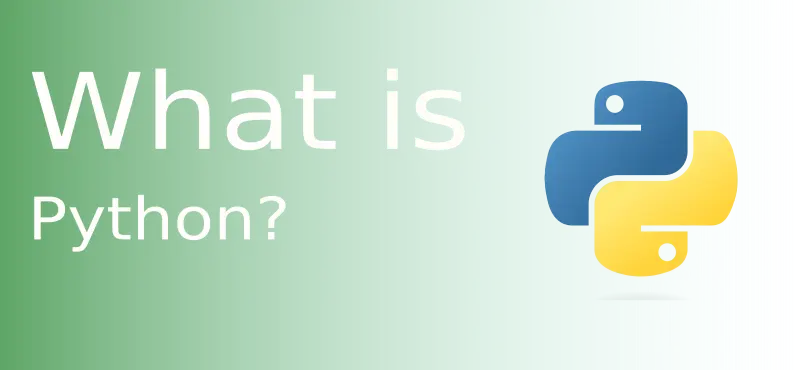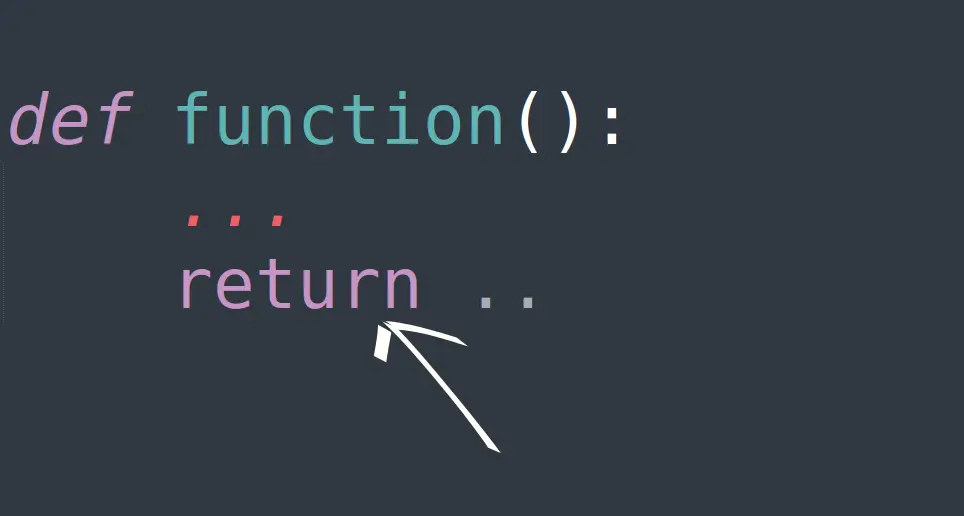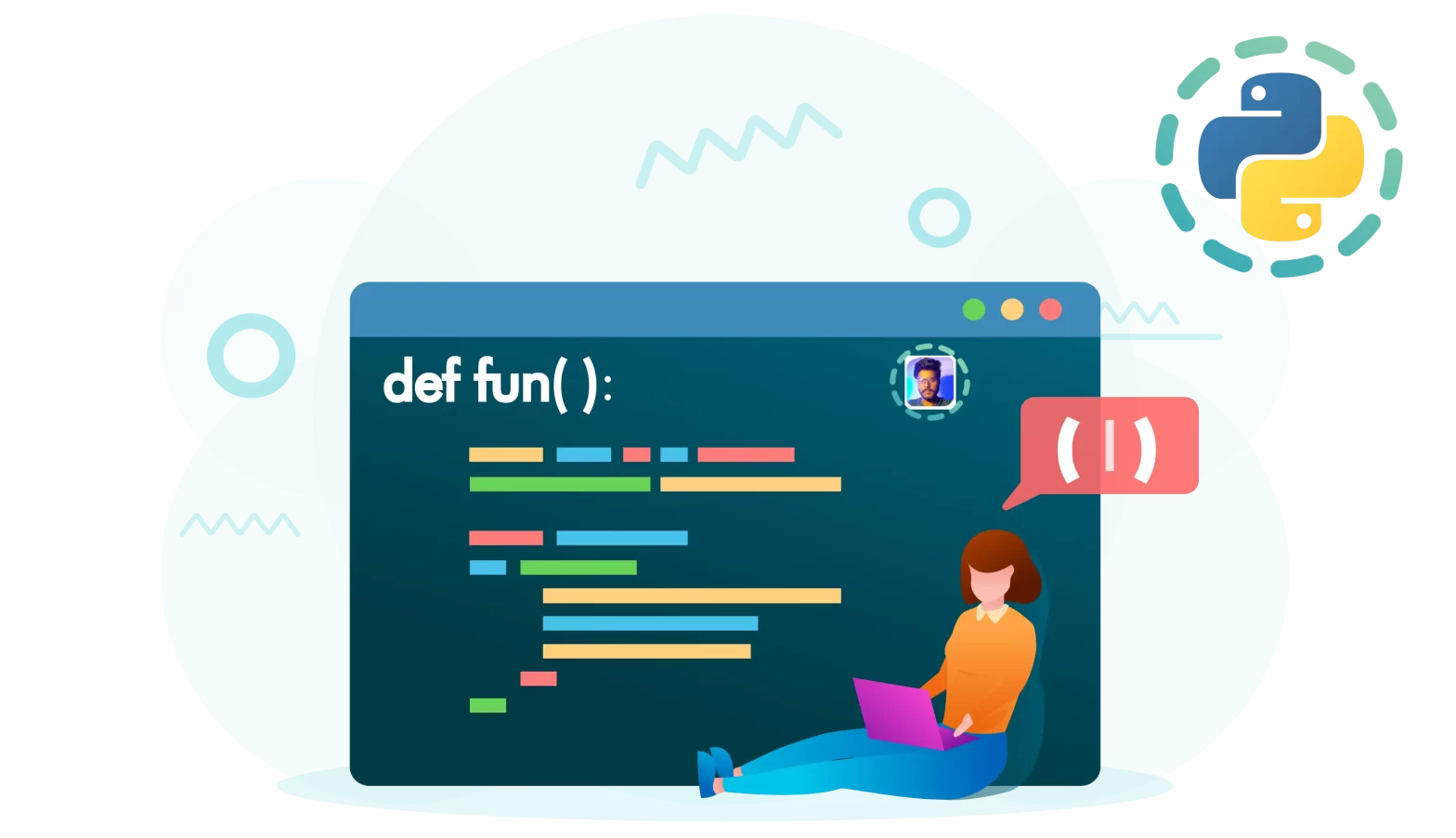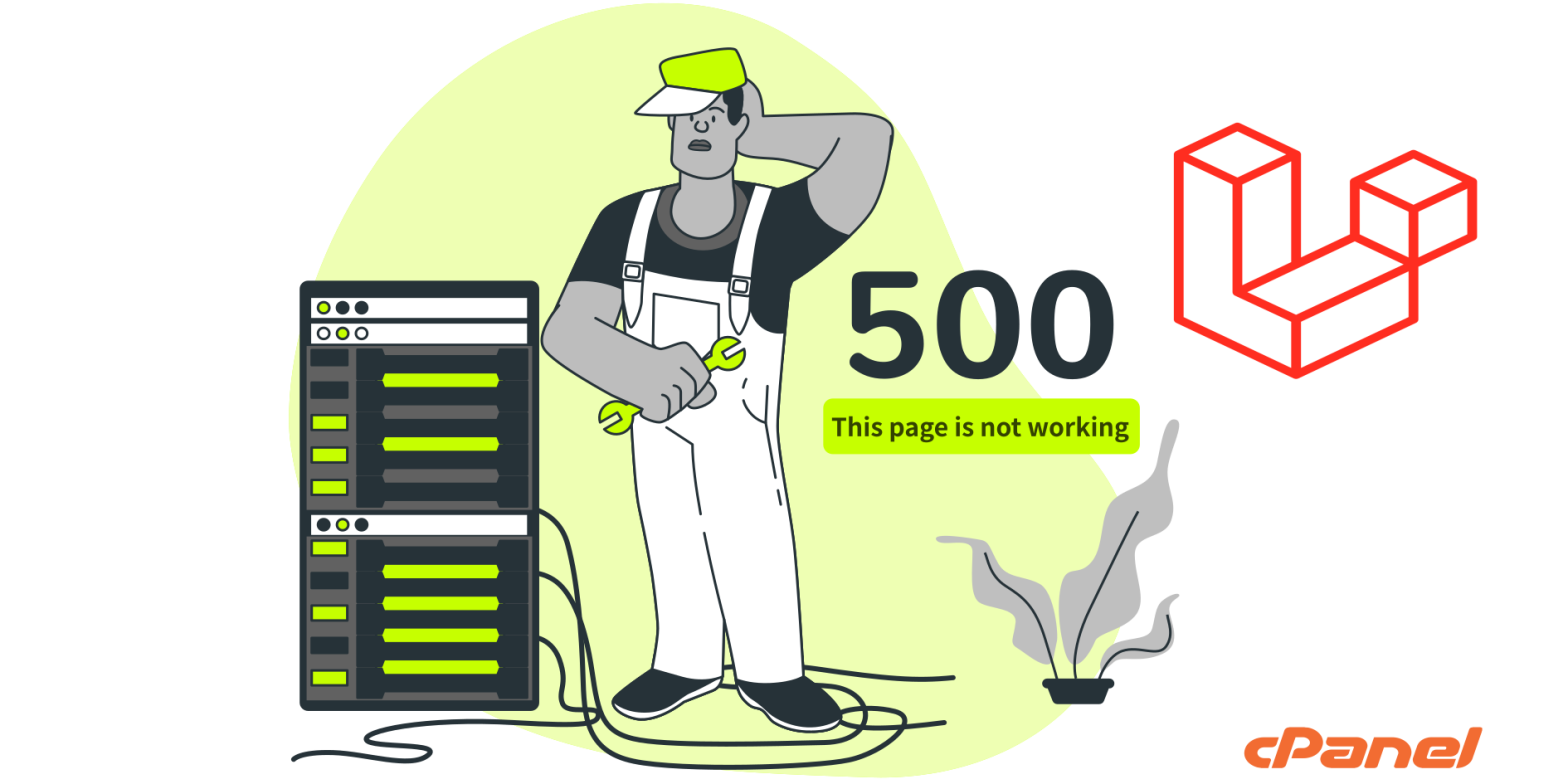Understanding PEP8 in Python
Last updated: September 13, 2024 By Sunil Shaw

Introduction
Let’s Understanding PEP8 in Python, with its simplicity and readability, has become one of the most popular programming languages for a wide range of applications. To maintain consistency and improve code readability, the Python community follows a set of guidelines known as PEP 8. PEP stands for Python Enhancement Proposal, and PEP 8 specifically addresses the style conventions for Python code.
What is PEP8 ?
PEP 8 is the style guide for Python code, outlining the conventions that developers should follow to write clean, readable, and maintainable code. Python created by Guido van Rossum of Python, PEP 8 provides a set of recommendations on how to format code, name variables, and structure your programs.
PEP8(Python Enhancement Proposal 8) is an guidence or set of rules for writing codes. It is proposed by Guido van Rossum, Barry Warsaw, and Nick Coghlan in 2001. Every Language and code have their documentation for better readibility and consistency, Coders or learners learns that how to use it. Basically pep8 is an defined documents that explains how to start learn writing code and use Python.
You Can Check Python documentation version by version on their website.
PEP8 stands for Python Enhancement Proposal for writting clean, readable and maintainable code in Python Programming Language. Basically PEP8 provides protocols and guidance on various aspects of code style, structures and formats for python projects.
Understanding PEP8 in Python
Python’s simplicity and readability have contributed to its widely adoption among developers. However, to ensure a consistent and uniform coding style across projects, the Python community follows a set of guidelines known as PEP 8. In this article, we’ll delve into the key aspects of PEP 8 and why it plays a crucial role in Python development.
Why is PEP 8 Important?
Consistency in coding style is crucial for collaborative projects and for code maintenance. PEP 8 helps ensure that Python code is written in a uniform manner, making it easier for developers to understand and contribute to each other’s code. These pep8 guidelines also makes it simpler to catch errors, enhances code review processes, and ultimately results in a more professional and readable form.
Some of the points covered by PEP8
Indentation
certainly It means use 4 spaces between every indentation level and not to use tabs. Indentation is an leading white space is extremely important in Python for execution. The indentation level of lines explains how user code get grouped or treated together during execution.
# Good
def my_function():
print("Hello, World!")
# Bad
def my_function():
print("Hello, World!")
a = 5
if a < 6:
print('6 is greater than 5')here are use case of these lines, i took 4 spaces see the example
if a < 6:
||||print('6 is greater than 5')White Spaces In Expressions and Statements
It defines rules to use of white space around operators in various code construction. You can check the examples in these code lines. Use a single space begore or after the operators, and after commas to improve readability.
# Good
result = 3 + 4
# Bad
result=3+4
x = 2
y = 3
a = x**5 + 10
b = (x+y) * (x-y)Comments and Docstrings
It recommend on writting clear and concise comments. Write clear and concise comments to explain complex code sections. Use docstrings to document functions, classes, and modules.
# Good
def square(number):
"""
Calculate the square of a number.
Args:
number (int): The input number.
Returns:
int: The square of the input number.
"""
return number ** 2
# Bad
# This function squares a number
def sqr(n):
return n ** 2
Code Layouts
Provides guidance on how to structure code, including maximum line length and the use of blank lines.
Naming Conventions
Specifies conventions for naming variables, functions, classes, and modules. Follow consistent naming rules for variables, functions, and classes. Variables should be lowercase with underscores, while classes and functions should be in CamelCase.
# Good
def calculate_sum(a, b):
total = a + b
return total
# Bad
def calcSum(x, y):
result = x + y
return result
Imports
Provides rules on how to organize and format import statements in your code. Import modules and packages in a consistent manner.
# Good
import math
from module import function
# Bad
from module import *
Function and Method Arguments
Suggests rules for formatting function and method arguments.
Tools for PEP 8 Compliance
To guiding developers in follow to PEP 8 guidelines, various tools are available. Code linters such as Flake8 and Pylint can automatically analyze code and provide feedback on style violations. IDEs like Visual Studio Code and PyCharm also offer built-in PEP 8 checks and formatting options.
Conclusion
Understanding PEP8 in Python is not just a matter of good looking, it contributes to the overall health and maintainability of Python code. Embracing these style guidelines fosters collaboration, readability, and ensures that your codebase remains consistent and professional. By adhering to PEP 8, you contribute to a better Python community and produce code that is not only functional but also a pleasure to read and work with.
About Author
I am a Web Developer, Love to write code and explain in brief. I Worked on several projects and completed in no time.
View all posts by Sunil Shaw1 comment
-
Pingback: How to Install Python in Ubuntu Through Terminal - CodeWithRonny















































